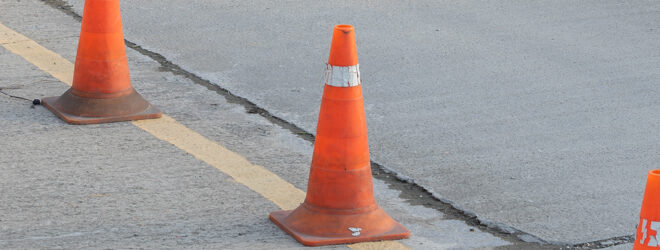Driving requires our full attention, but distracted driving has become and continues to be a major factor in serious traffic accidents. Many drivers aren’t fully engaged on the road putting their lives and the lives of others at risk. Even the use of hands-free technologies isn’t without risk as dangerous mental distractions exist even when drivers keep their hands on the wheel and eyes on the road.
According to Albert Zimbalatti, Executive Risk Services Consultant at Northbridge Insurance who developed our FACTS defensive driver training program, multitasking puts everyone at risk of getting injured on the road. “The proper task of driving requires a driver to be entirely focused on that single task,” said Albert. “Once you take your attention off the road and engage in a secondary task, you increase your risk exponentially.”
While some distractions are difficult to prevent, many can be managed. Here are some tips to help you fight distracted driving and help you prepare for a safe journey on the road.
Best practices before driving:
- Turn your mobile phone off, and put it away where you can’t access it (e.g., trunk).
- Prepare what you need for the road. Pre-program your route on all GPS devices, review all maps and directions, and preset your radio stations or music devices.
- Allow plenty of travel time.
- Preset your climate control and stereo systems
- Stow and secure loose objects
- Prepare children with everything they need
- Secure pets properly
- Familiarize yourself with your province’s distracted driving laws
Best practices while driving:
- Keep your eyes and mind on the road, and your hands on the wheel.
- Allow phone calls to go to voicemail. If you have to take a call, stop at safe locations (rest stops or commuter lots), or take it hands-free (Bluetooth works even when your mobile phone is stored in the trunk of your vehicle).
- Don’t text, surf the web or read emails
- Don’t eat or drink; if you’re hungry or thirsty, stop and take a break. You should always try to take a break after two hours of continuous driving.
- Avoid smoking; pull over if you need to take a smoke break
- Enlist the help of passengers so you can focus safely on driving
While it’s easy to get distracted on the road these days, understanding the risk of distracted driving, and taking preventative measures before getting behind the wheel and focusing on the driving task, can help you avoid a traumatic accident, claims and fines.




